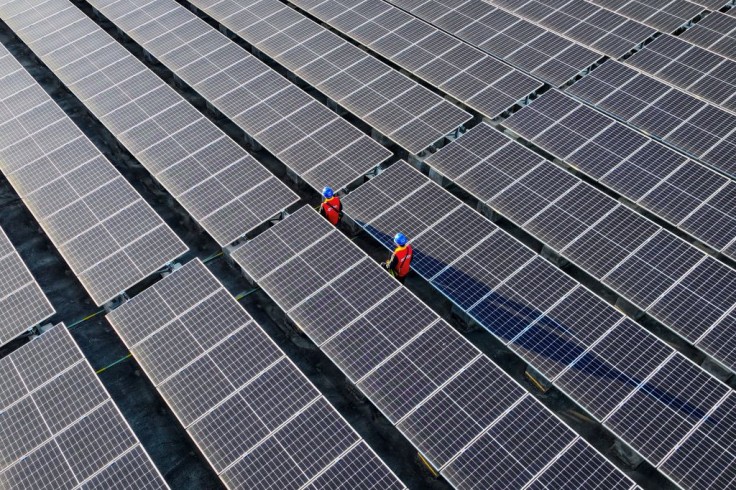Transitioning an entire city to solar energy is the best initiative to mitigate the increasing effect of climate change. The United Nations Framework Convention on Climate Change continues its work to encourage nations to lessen the carbon footprint on the planet.
As cities around the globe seek and promise sustainable projects, transitioning to solar energy presents significant challenges. High initial cost, long-time planning, and effective energy storage solutions must all be considered.

With Pope Francis pioneering the action to transform the Vatican City into 100% solar energy-dependent, here are some key pros and cons that should be considered by cities before making the same decision:
Environmental Benefits
The main factor for relying on solar energy is to significantly reduce the carbon dioxide and other greenhouse gases in the atmosphere. Too much reliance on fossil fuels contributes to the increasing pollutants in the air that we breathe.
Unlike fossil fuels, solar power is a renewable energy. The continuous bright energy coming from the sun will be the key ingredient to all of this. Energy resilience against grid failures and natural disasters can also occur.
Economic Benefits
Due to the increasing electricity demand, several companies tend to charge expensively to their customers. Once transitioned to solar energy, there will be substantial savings on energy bills over time.
In addition, the entire development and operation process of the transition can create multiple job opportunities for citizens. This will mainly increase the demand for workers in manufacturing, installation, and maintenance.
Flexibility
Some residents have started participating in their climate change action by opting to install solar panels on their roofs. This may be a small-scale action but it is a significant improvement to encourage more people to support the cause.
In big-scale production, solar farms will be established which could potentially power up a whole city. The Vatican plans to build a solar plant that could provide energy to less than 1,000 people.
High Initial Costs
Despite its long-term benefits, the transition will be a high upfront investment. The cost of purchasing and installing solar panels is very expensive, along with securing the location for them.
The project must have sufficient access and support from financial and government agencies to ensure that the transition will be affordable.
As for residents, some people tend to forget the potential benefits of installing solar panels due to the expensive price of the device. The return on investment would take years to manifest.
Effective Storage Solutions
Since the sun does not shine 24/7 on our planet, there is a need for effective energy storage. This will allow the energy to be stored properly so that it can be used during non-sunny periods.
Continuous Maintenance
The efficiency of solar energy relies on the technological advancement and the maintenance support that the project will receive. There should be an efficient device that could back up the project or else it could render the systems obsolete.
As for the panels and farms, they should remain clean and functional to ensure long-term optimal performance.
Related Article : How Storage Solutions are Shaping the Future of Solar Energy, Explained









